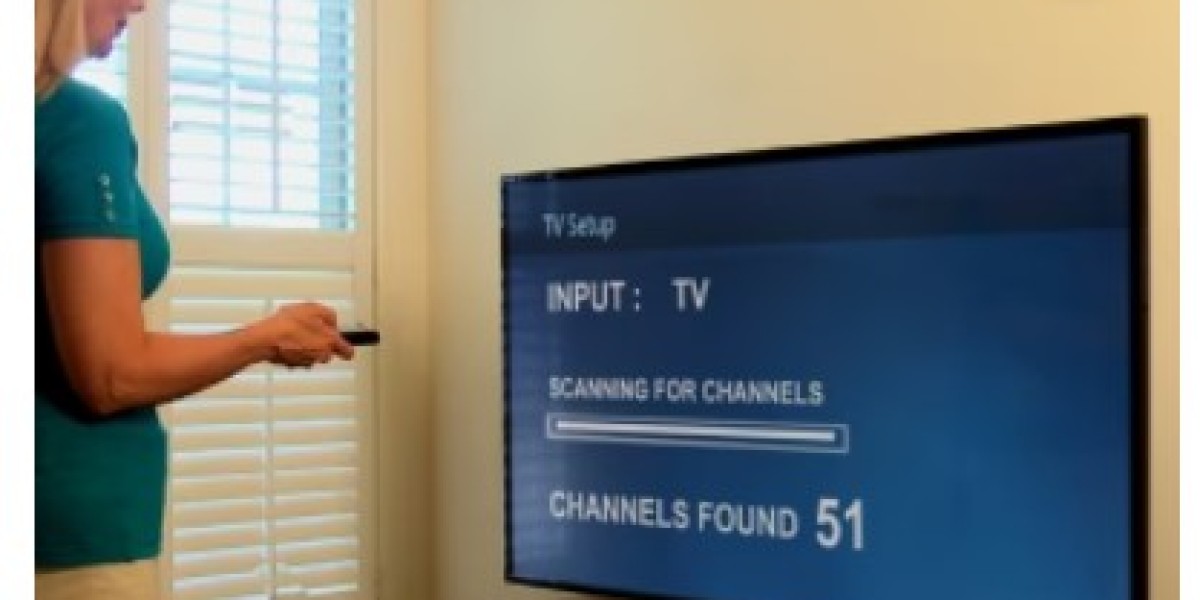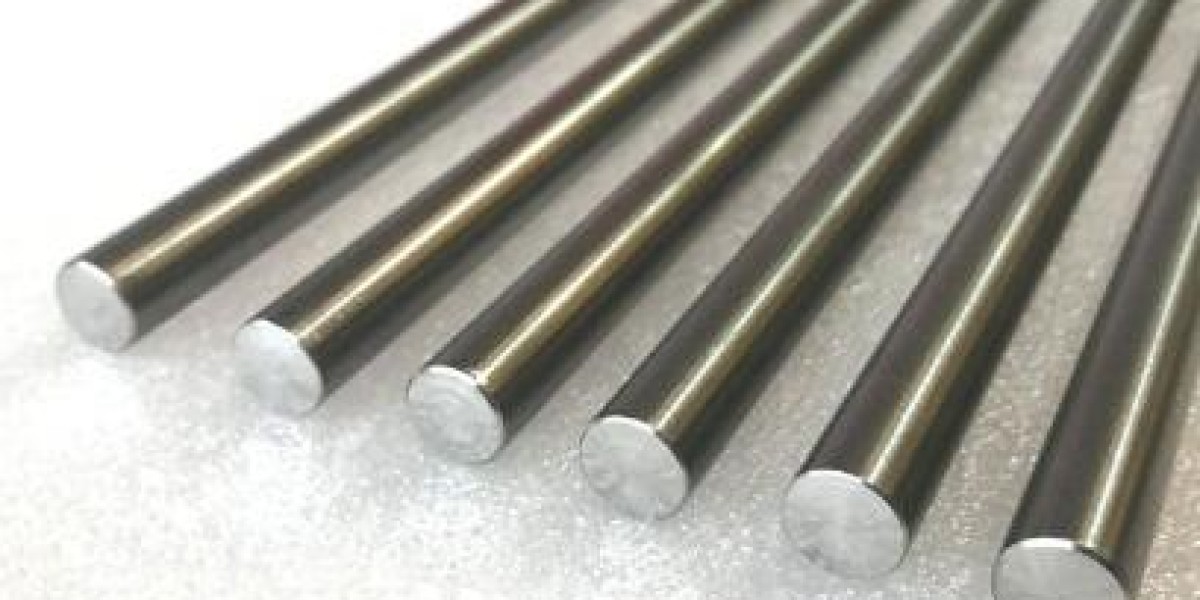In today’s diverse media landscape, where streaming services and cable packages are prominent, antennas remain a valuable and cost-effective tool for accessing television broadcasts. Whether you’re looking to cut the cord or enhance your existing setup, understanding the role of an antenna and how to choose the right one can significantly improve your TV viewing experience. This article provides a detailed overview of antennas, their types, benefits, and tips for selecting the best one for your needs.
What is an Antenna?
An antenna is a device that captures over-the-air (OTA) television signals transmitted by broadcast stations. These signals are sent out as radio waves, and the antenna receives them, converting them into signals that your TV can process. Antennas come in various shapes and sizes, each designed to address different reception needs and environments.
Types of Antennas
Indoor Antennas
Indoor antennas are designed for use within your home and are ideal for urban environments or areas where the signal strength is strong. They are compact and easy to set up, making them a popular choice for those who want a simple solution for accessing free TV channels.
Flat Panel Antennas: These are slim, rectangular, and often come with adhesive backs for easy mounting on walls or windows. They are a good option for those who live close to broadcast towers and need minimal installation.
Rabbit Ears Antennas: A traditional design, rabbit ears are adjustable and can be extended to improve reception. They work well for capturing VHF signals but may need adjustment to receive UHF channels effectively.
Outdoor Antennas
Outdoor antennas are designed to be mounted outside your home, typically on a roof or an exterior wall. They are built to withstand the elements and are more powerful than indoor antennas, making them suitable for areas with weaker signals or greater distances from broadcast towers.
Yagi Antennas: These are directional antennas with a series of elements that help focus and amplify signals from a specific direction. They are highly effective for long-range reception and are often used in rural areas.
Omnidirectional Antennas: Unlike Yagi antennas, omnidirectional antennas can receive signals from all directions. They are useful if you’re in an area with multiple broadcast towers located in various directions.
Amplified Antennas
Amplified antennas come with built-in signal boosters that enhance weak signals, improving reception and reducing the likelihood of signal dropouts. These are beneficial for areas with low signal strength or when using longer cable runs between the antenna and TV.
Benefits of Using an Antenna
Cost Savings: One of the biggest advantages of using an antenna is the elimination of monthly cable or satellite fees. Antennas allow you to access a wide range of channels without ongoing costs.
High-Definition Reception: Many local TV stations broadcast in high definition (HD), which means you can enjoy crisp, clear images and sound without paying extra for HD service.
No Contracts or Commitments: Antennas do not require contracts or long-term commitments. You can start and stop using an antenna whenever you choose, offering flexibility and freedom.
Local News and Programming: Antennas provide access to local channels, which are crucial for staying informed about regional news, weather, and community events.
Simple Setup: Many antennas, especially indoor models, are easy to set up and do not require professional installation. This makes them a convenient option for many households.
How to Choose the Right Antenna
Assess Your Location: The type of antenna you need depends largely on your location. Consider the strength of the signals in your area and the distance from broadcast towers. Websites and tools that analyze signal strength in your area can help you determine the best antenna type.
Determine Your Needs: Decide whether you need an indoor, outdoor, or amplified antenna based on your viewing habits and reception requirements. Indoor antennas are great for strong signals, while outdoor and amplified antennas are better for weaker signals or long-range reception.
Check Compatibility: Ensure the antenna is compatible with your TV and any other equipment you plan to use. Most antennas connect via coaxial cables, but double-check the specifications to ensure a proper fit.
Consider Installation: Think about where and how you will install the antenna. Indoor antennas can be placed on walls or windows, while outdoor antennas require mounting on roofs or walls.
Budget and Quality: Antennas come in a range of prices, so consider your budget and the quality you need. Higher-quality antennas generally offer better performance and durability, but there are also budget-friendly options that work well in many cases.
Installation and Maintenance Tips
Positioning: For indoor antennas, place them near windows or high up on walls to maximize signal reception. For outdoor antennas, mount them in a location with a clear line of sight to the broadcast towers.
Avoid Interference: Keep the antenna away from electronic devices and metal objects that can cause interference and affect signal quality.
Regular Checks: Periodically check and adjust the antenna if you experience changes in reception. Ensure that connections are secure and that the antenna is in good condition.
Conclusion
Antennas offer a practical and cost-effective solution for accessing television broadcasts, providing high-quality reception without the burden of monthly fees. By understanding the different types of antennas and considering your specific needs, you can choose the right antenna to enhance your TV viewing experience. Whether you’re opting for an indoor model or investing in an outdoor or amplified antenna, embracing this technology can lead to significant savings and improved access to local programming.








